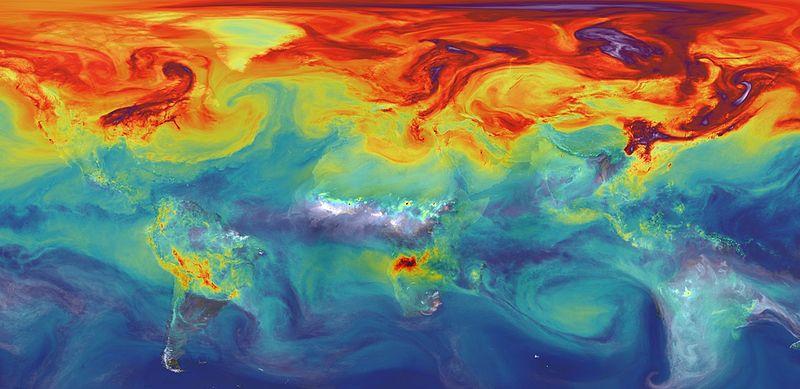Dr Sara Mikaloff-Fletcher, an atmosphere and ocean scientist at Niwa, has been appointed the scientific leader of a New Zealand-led $6 million project to find and reduce farming emissions
New Zealand will become the testing ground for an international space mission to detect, by satellite, methane emissions from animals’ stomachs anywhere in the world.
The 350kg satellite will have its mission control based in New Zealand after the Government contributed $26m to the mission. The location of the ground control centre in New Zealand is still to be announced.
It will be launched in 2022 and will be capable of focusing on swathes of farmland anywhere in the world, revealing how much methane is being released at higher resolutions than before.
Dr Mikaloff-Fletcher is a carbon- and methane- cycling expert.
Stuff reports her as saying New Zealand is the perfect place to test the accuracy of the satellite’s measurements from space because our Government has excellent records of how much greenhouse gas is burped by the country’s roughly five million dairy cows and other ruminants each year.
In New Zealand, the satellite could be used to reveal whether interventions such as bovine dietary additives or vaccines, aimed at cutting cattle’s methane-laced digestive gases, are working.
“It’s the first satellite mission sensitive enough to reliably detect the kind of diffuse agricultural emissions we have here in New Zealand,” said Mikaloff-Fletcher.
“We can use the satellite data to give New Zealanders a crystal clear picture of what agricultural emissions are, but also to prepare so that, if we have strategies to reduce emissions, we will know really quickly how well they’re working.”
The Stuff report explained that scientists know methane levels are rising but they don’t know how much of the increase is from livestock, rather than wetlands, rice paddies and other sources.
The Global Carbon Project recently synthesised the latest research and confirmed the methane level was rising in the atmosphere faster than it had for 20 years but scientists are unsure about where it is coming from.
“We know a lot of it is happening in the tropics, and we know from isotope studies that a lot of it is biological (from wetlands and agriculture, not oil and gas),” said Mikaloff-Fletcher.
“But there’s still a lot of argument about how much of it is agriculture and how much is wetlands. That’s really important because, if it’s agriculture, we can do something about it, and if it’s wetlands we probably can’t.”
“If this project can yield some information about what is going on with agriculture all around the world, it could help solve the problem.”
Methane mostly disappears from the atmosphere within a decade or two but is a potent climate warmer over its short life.
The Intergovernmental Panel on Climate Change concluded emissions of methane must be cut by around a third by 2050 to keep the world inside 1.5 degrees Celsius of heating. (Carbon dioxide emissions would need to reach to net zero by the same year).
Source: Stuff












